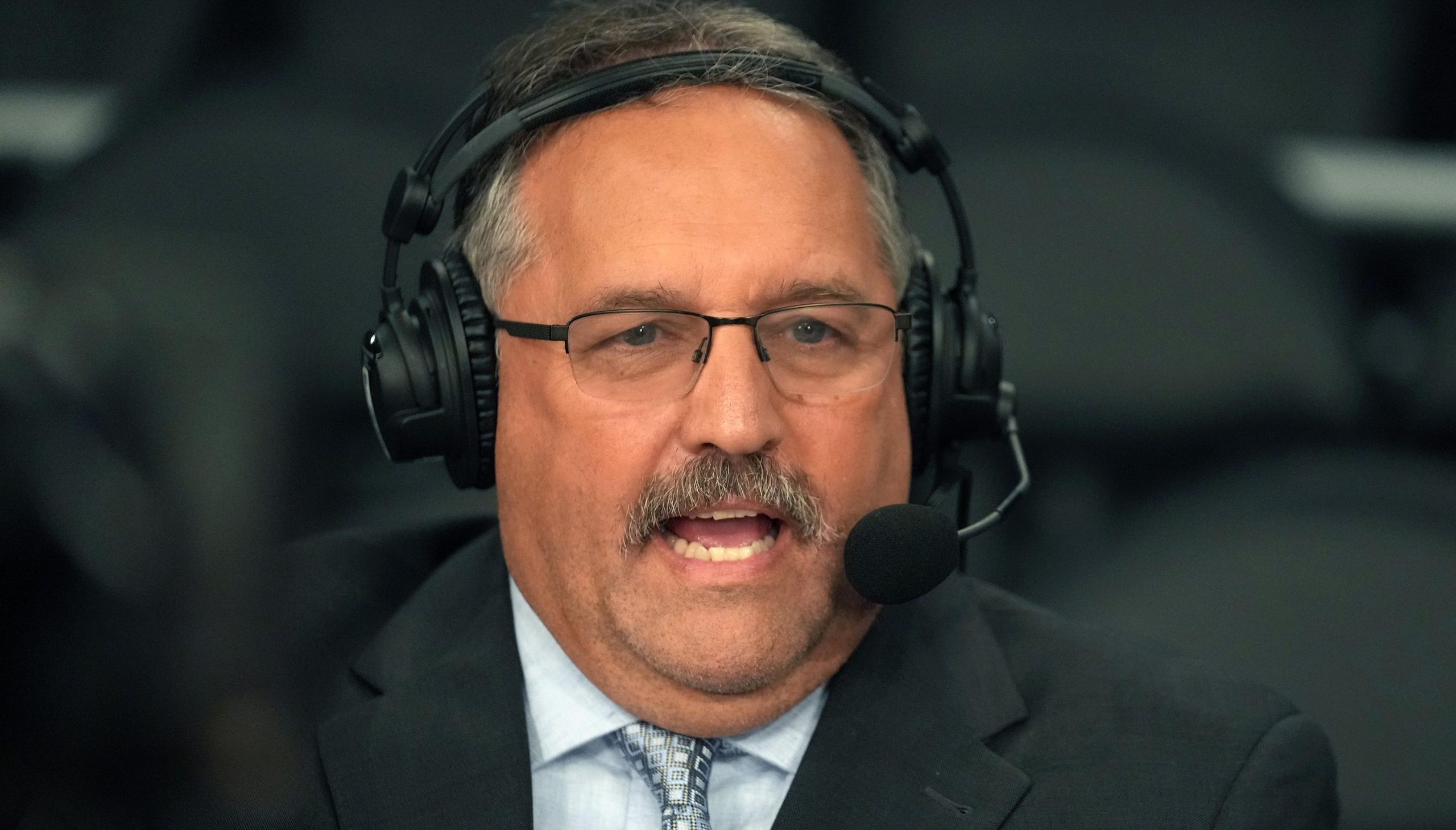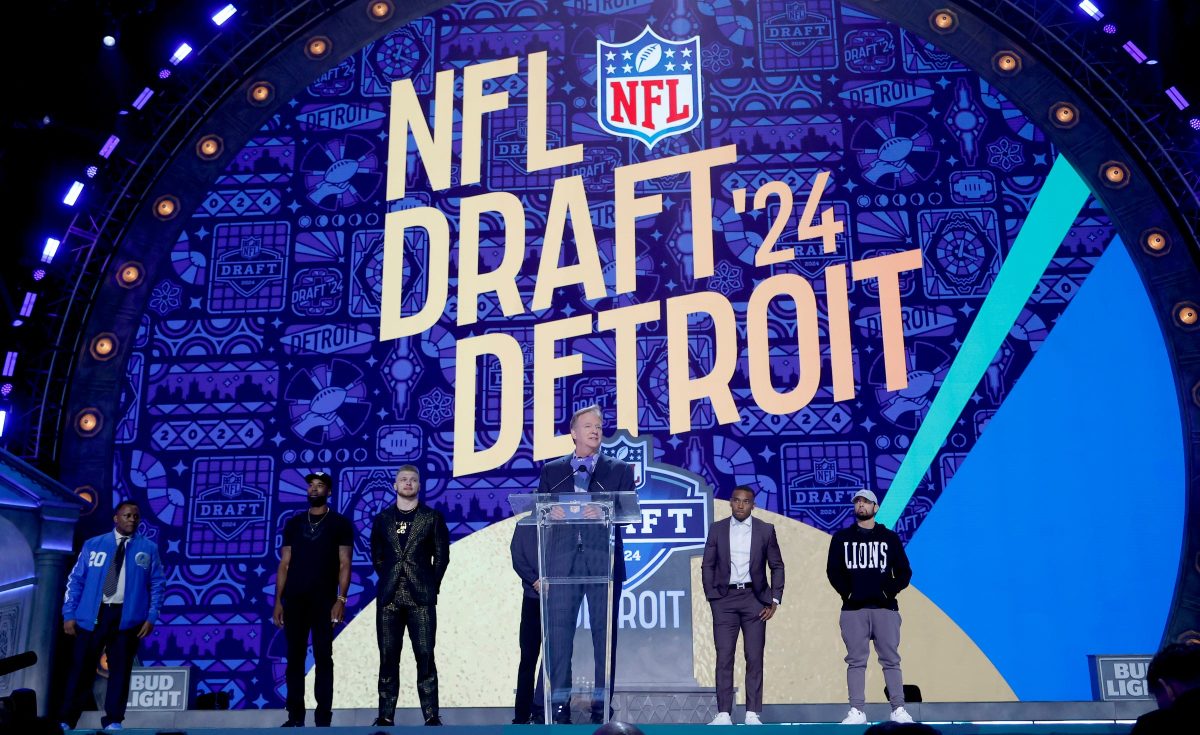The University of Texas’ much-maligned Longhorn Network has been back in the news recently, with Oklahoma chancellor David Boren calling it “the elephant in the room” and “a problem” last week. That caused C. Austin Cox of The Best College Sports News Network to ask an interesting question Monday: “Has Texas’ LHN Officially Failed?” Cox discusses how LHN prevents a Big 12 conference network and questions its programming choices:
One thing that would help the league save some face would be a network like the Big Ten (BTN) or SEC’s (SEC Network), but that has been made almost impossible because the Texas Longhorns have their own Longhorn Network (LHN). It’s become just another reason the Big 12 is looked upon as the new Big East when you start to talk about power conferences.
But who’s to say the LHN wasn’t a good idea? If you look at what the network is airing, the programming would suggest it wasn’t a good idea and has already failed. We’re talking about a sports network that has already run out of things to air. (You can only watch the 2006 Rose Bowl so many times.) Maybe we can get a replay of the 2014 Texas Bowl and relive all two of the rushing yards UT compiled?
It has gotten so bad that the network is now airing fashion shows. A sports network is showing fashion shows. That kind of sums it up. Instead of highlights, previews or sports stories, we get fashion students sashaying down the catwalk. …
The only ones really doing well at the moment are the Texas Longhorns themselves. UT gets paid approximately $15 million a year from the network that is co-owned by ESPN and by all estimates, Texas’ partner has already lost tens of millions of dollars on the failed network that shows college fashion shows. It doesn’t help that the Big 12 is partnered with FOX while Texas is partnered with ESPN. These kinds of conflicting choices and business decisions led to the demise of a power conference less than two years ago. Will LHN lead to the demise of another?
Is the Longhorn Network really a failure, though? Programming choices alone don’t determine that; for example, First Take might have even less sports value than a fashion show, but it’s very profitable for ESPN. That’s not to suggest that the majority of LHN’s content pulls in good ratings or regularly brings in the advertising money; it certainly doesn’t. However, the cable game isn’t all about ratings; a big part of it’s about the per-subscriber fee those who choose to get the channel pay for it, regardless of how frequently they actually consume it. That’s where LHN may have a bit of upside; over the last 16 months, they’ve gained distribution with Dish, Suddenlink and DirecTV. LHN isn’t necessarily in great packages with those distributors (for example, DirecTV customers outside Texas can only get the channel as part of an add-on DirecTV Sports package), but at least it’s available, and ESPN claims it’s in 20 million households nationwide.
Does that actually mean significant money for LHN? Not necessarily. Fox’s Clay Travis wrote in May that only 6.5 million of those subscribers are inside Texas, providing a $0.29 per-subscriber monthly fee for LHN, while the rest outside Texas only provide $0.02 per subscriber, leading Travis to conclude the network makes $25.8 million in subscriber fees annually. That’s a good chunk of change, but when you consider the costs of launching and running the network and that ESPN provides Texas a minimal guaranteed average royalty of $15 million (it’s less in the first years of the deal, more down the road), multi-million dollar losses so far do seem likely. However, SB Nation’s Steven Godfrey wrote earlier this month that LHN actually has 7.5 million subscribers in “the Texas footprint” (and thus providing a $0.29 fee per subscriber rather than a $0.02 one, which would give the network a boost of $270,000 over Travis’ numbers). That may not be a huge sum of money right now, but keep in mind that cable channels are frequently able to boost those fees in new distribution agreements if and when the channel gains a following. What LHN is making now from subscriber fees (and this is completely outside the realm of ratings and advertising dollars) may rise significantly down the road, especially in that Texas footprint.
So, on what levels is LHN a success and a failure? Well, for Texas in particular, it seems to definitely have some advantages. For one thing, they’re getting huge guaranteed payouts for their third-tier rights, which started at almost $11 million and have increased every year. For another thing, Godrey writes that, contrary to Travis’ claims, Texas actually makes more off TV rights than SEC schools do:
Some SEC fans have compared the LHN’s $15 million or so to the $31.2 million per-school figure the SEC announced recently. But that $31 million is from the whole pot of revenue streams, not just SECN.
Each conference has tiers of media deals. CBS gets the SEC’s best game each week, meaning it has part of the SEC’s first-party rights, while the SEC Network has SEC third-party rights. LHN has Texas third-party rights, and Texas also gets Big 12 money from ESPN and FOX.
Sports Illustrated’s Andy Staples did the bar napkin math and estimates the SEC Network delivered around $6.5 million to each school. That means Texas has a richer third-party TV deal. For the moment.
The Big 12 just announced a distribution of $25.6 million for every school, except new members West Virginia and TCU. Texas gets that $25.6, plus LHN’s guaranteed payout. If that payout is $6 million or more (half Rock M Nation’s estimate), Texas is making more money off TV than Texas A&M is in the SEC.
Does it work for ESPN, though? The answer there is more “Not so far.” LHN got off to an absolutely horrid start in 2011, and it had massive distribution issues for its first several years. Even with a Time Warner deal in 2013, its future was far from certain, and even with the recent deals with the likes of Dish and DirecTV, it’s quite conceivable it’s still bleeding money (especially given the reported almost $300 million in startup costs). It hasn’t been a good bottom-line play for the Worldwide Leader to date, and considering that parent company Disney appears to be pushing for cuts to stem ESPN’s rising costs, that might have some concerned for the future of LHN. LHN also gives ESPN a problematic perceived bias. However, keep in mind that we’re just four years into a 20-year deal, that LHN may well gain subscribers, per-subscriber fees and ratings, and that the ever-increasing value of sports rights might make the guaranteed payments to Texas that currently seem ludicrous appear like a relative bargain that far down the road. (Texas will be just fine if LHN becomes a hit, too; if ESPN’s startup costs are recouped, UT will get 70 per cent of annual LHN revenue, not just the annual minimums.) This is a long-term play for ESPN, and while it hasn’t paid off yet, that doesn’t mean it won’t.
The biggest problem with the Longhorn Network may be what it means for the rest of the Big 12. It gives Texas a different playing field than the rest of the conference (a huge part of what led to Texas A&M and Missouri defecting for the SEC), and it minimizes the value of third-tier rights for the other schools in the league. It also adds to rumors about the conference’s potential instability, and it makes it difficult for them to pursue expansion (as Boren wants), making it so they can only really target schools not currently in power conferences. If the Big 12 is able to remain stable or perhaps even expand, LHN may not be a huge issue, but if there is further conference realignment, LHN may be a deciding factor in that.
For now, though, it appears LHN isn’t the unmitigated disaster it may have seemed to be initially. It’s far from a success for anyone other than Texas so far, and it certainly carries potential problems for ESPN and the rest of the Big 12. Still, the long-term nature of the deal and the progress on distribution and subscribers means that it may still work out financially for the Worldwide Leader. What it will mean for the Big 12 remains to be seen.







Comments are closed.